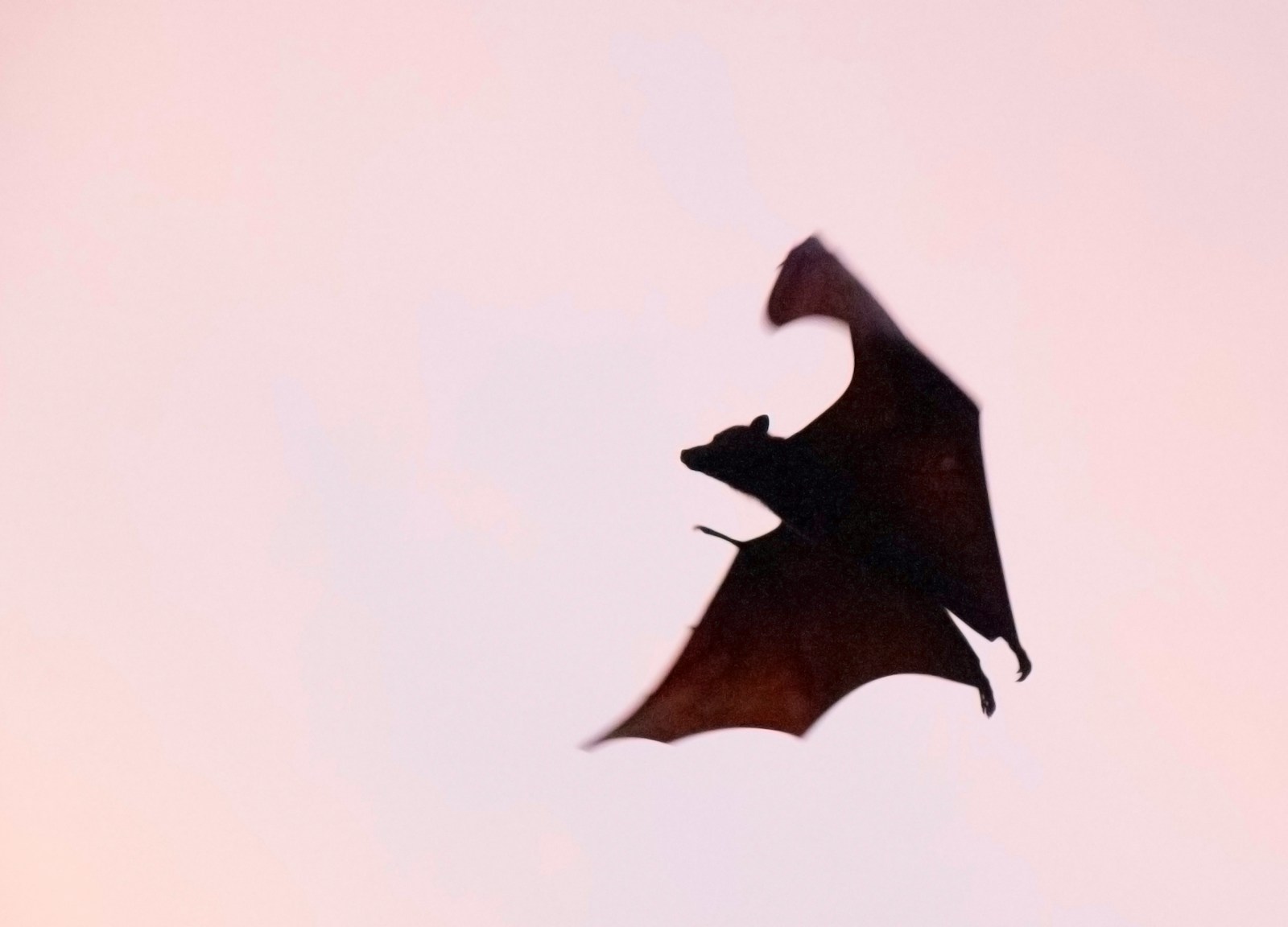Title: First Aid for Bat Bites: Immediate Steps and When to Seek Help
Although bat encounters are rare, it’s important to know how to respond to a bat bite. Bat bites can pose health risks, including the transmission of rabies. This article provides guidance on administering first aid for bat bites and understanding when to seek medical help.
Recognizing a Bat Bite
Bat bites can be small and may not cause immediate pain. It’s crucial to recognize the signs of a bite, which may include two small puncture wounds, redness, swelling, or minor bleeding.
Immediate Steps After a Bat Bite
1. Clean the Wound: Wash the bite area thoroughly with soap and water for several minutes to reduce the risk of infection.
2. Apply Antiseptic: After washing, apply an antiseptic solution or cream to the wound to further disinfect the area.
3. Cover the Wound: Use a clean bandage or dressing to cover the bite, protecting it from dirt and bacteria.
When to Seek Medical Attention
1. Rabies Risk: Seek immediate medical attention following a bat bite. Rabies is a serious concern with bat bites, and early treatment is critical. Medical professionals can assess the need for a rabies vaccine, which is highly effective when administered promptly.
2. Signs of Infection: If you notice increased redness, swelling, warmth, or pus around the bite wound, seek medical help as these may be signs of infection.
3. Unusual Symptoms: Any unusual symptoms following a bat bite, such as fever, headache, muscle weakness, or changes in behavior, should prompt immediate medical evaluation.
Follow-Up Care
Keep the Wound Clean: Continue to keep the wound clean and monitor it for signs of infection until it fully heals.
Educating Yourself and Others
Awareness: Understanding the risks associated with bat bites and the importance of prompt medical attention can prevent serious health issues. Educate your family and community about these risks and the steps to take if bitten.
Preventing Bat Encounters
Safe Practices: Reduce the risk of bat bites by avoiding contact with bats. If bats are present in your home or property, consider professional removal services to handle the situation safely.
Conclusion
While bat bites are relatively rare, knowing how to provide first aid and when to seek medical help is crucial for ensuring safety and health. Prompt and proper response to a bat bite can prevent serious consequences and provide peace of mind.
Image Suggestions:
1. A first aid kit being used for treating a small animal bite.
2. A medical professional administering a vaccine.
3. Educational materials on wildlife bites and first aid procedures.
Useful Links for Further Reading:
• Centers for Disease Control and Prevention: Rabies Postexposure Vaccinations
https://www.cdc.gov/rabies/medical_care/index.html
• World Health Organization: Rabies Fact Sheet
https://www.who.int/news-room/fact-sheets/detail/rabies
